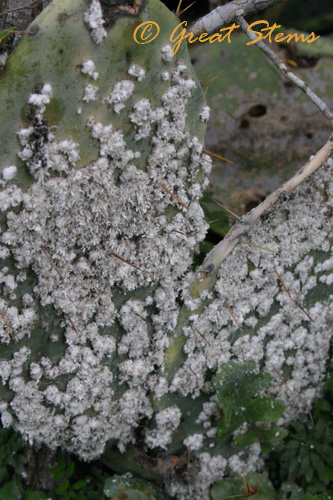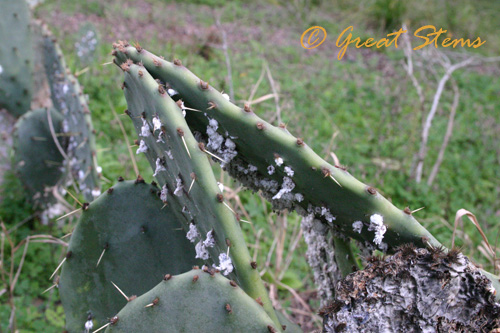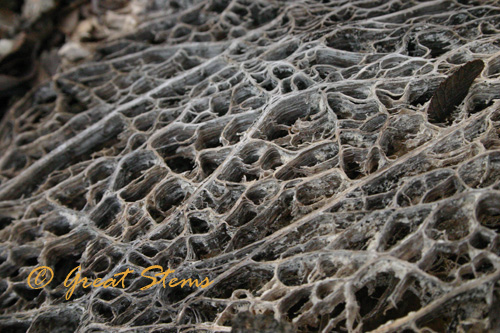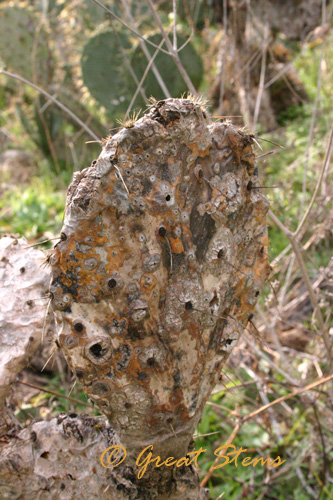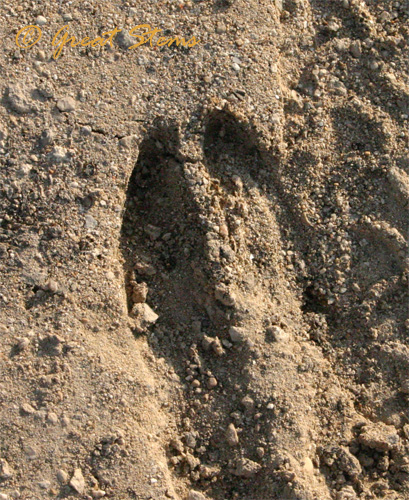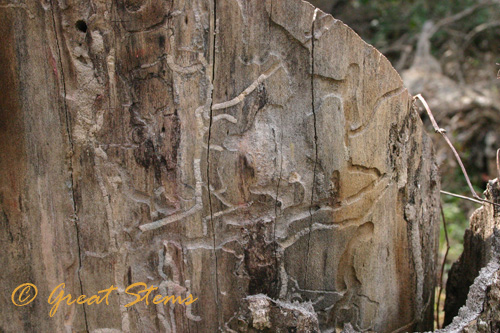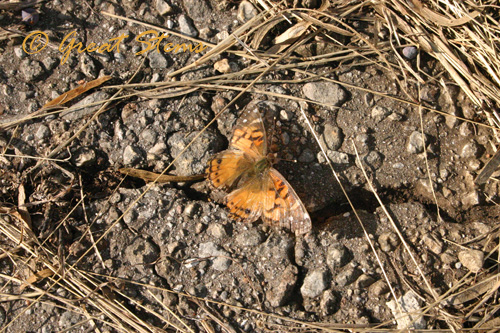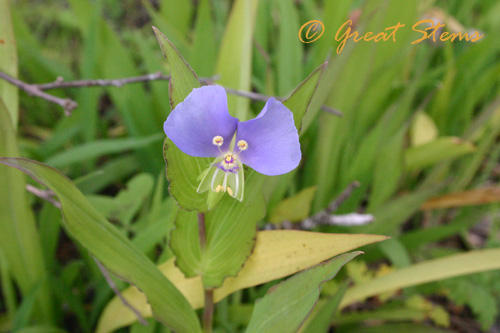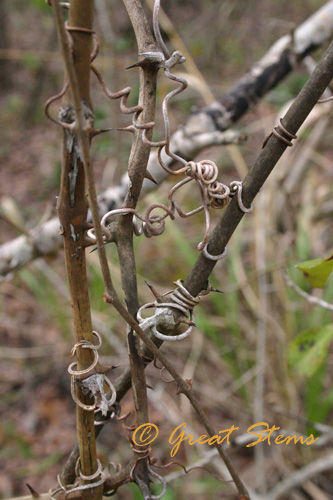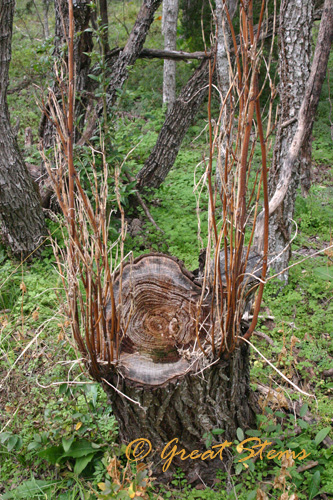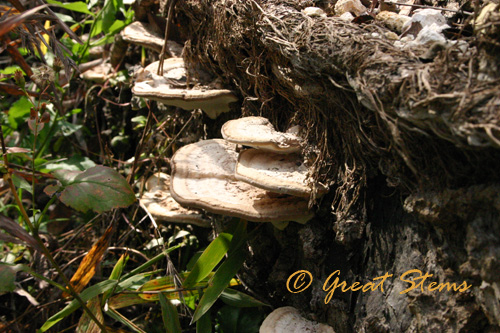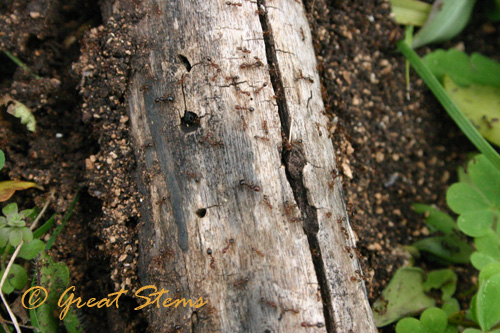Spring is already around the corner, can you believe it? Sure, it’s still January, but many of us are already planning our spring gardens, preparing beds, and ordering more seeds. But while you’re busy planning what gorgeous flowers and greenery will decorate your garden this year, think about what lies beneath — the soil — for that is what makes your garden grow… literally.
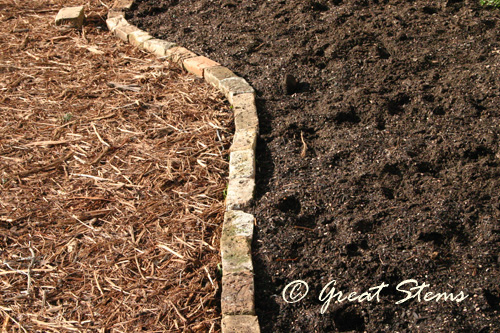 Your best bet for healthy plants starts with a healthy soil. But what exactly is healthy soil? Good soil is teeming with life. Many people have heard of food webs that show the relationship between plant-eaters and the animals that eat them, on up the food chain to humans. But did you know there is a whole food web just for what occurs in soil? Healthy soil contains organic matter to feed the little tiny creatures within the soil, and those creatures in turn break down nutrients into materials your flowers, trees, and shrubs can use.
Your best bet for healthy plants starts with a healthy soil. But what exactly is healthy soil? Good soil is teeming with life. Many people have heard of food webs that show the relationship between plant-eaters and the animals that eat them, on up the food chain to humans. But did you know there is a whole food web just for what occurs in soil? Healthy soil contains organic matter to feed the little tiny creatures within the soil, and those creatures in turn break down nutrients into materials your flowers, trees, and shrubs can use.
Take a look at this diagram from the USDA website on soil.
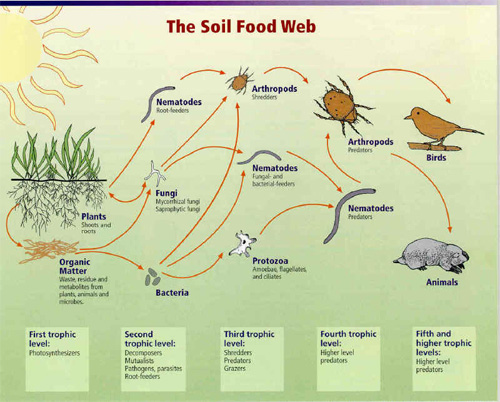
It shows that not only is it important to have a healthy balance of beneficial bacteria, fungi, protozoa, and nematodes, it all starts with organic matter in the soil. You simply have to have organic material in order to feed all the little guys that will do their part to take care of your plants naturally. Bacteria and fungi help retain nutrients in the soil, and protozoa consume the bacteria, releasing the nutrients into a form that plants can use. From there, beneficial nematodes consume bacteria, fungi, and protozoa, releasing even more nutrients for the plants. And while all these happy little beneficial creatures are eating their goodies, making their poop, and doing their part, they are denying nutrients to icky, disease-causing bad-guy creatures. Your soil is more protected with the presence of all those good guys, and your plants are happily reaping the benefits.
On up the food chain, arthropods, nematodes, and earthworms get consumed by larger predators, such as birds. And you can probably take the food web from there.
How do you know whether your soil is healthy? Well, one, you can have your soil tested, particularly if you are concerned about the mineral content of your soil (nutrient level) and whether you have any more serious concerns. But also consider whether you see many earthworms.
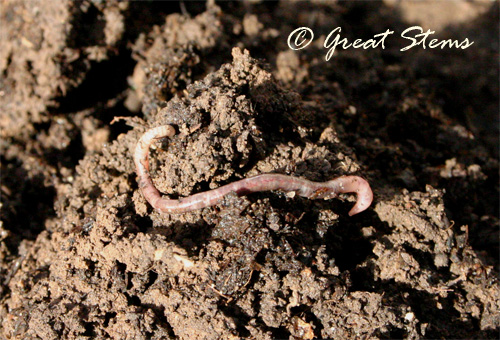
Earthworms are one of the best indicators of a healthy soil system. They consume bacteria and protozoa in the soil as organic material passes through their system, and their feces are rich with other microorganisms to help convert nutrients into a state plants use. They shred organic matter (making it more accessible to the microorganisms), loosen soil, create passages for oxygen and water to get into the soil, and their poop, or castings, are incredibly beneficial to the soil and your plants.
If you’ve been using chemicals on your yard for years, chances are that your plants are chemical dependent, or you might be starting to find that no matter how many times you spray, you just can’t fix those brown spots in your lawn or resolve problems with fungus, etc. The chemical usage has disrupted the ecosystem, and getting your soil healthy again is the key to solving all those problems. You can help your plants transition off the chemicals simply by adding compost to your soil and taking advantage of multiple organic products out there that will boost your soil with microorganisms and/or natural nutrients, such as compost tea, seaweed, fish emulsion, and any number of organic mixtures and powders that provide microorganisms with food as a base. Leave your grass clippings and fallen leaves where they lay to decompose, resupplying the soil with the organic matter it needs.
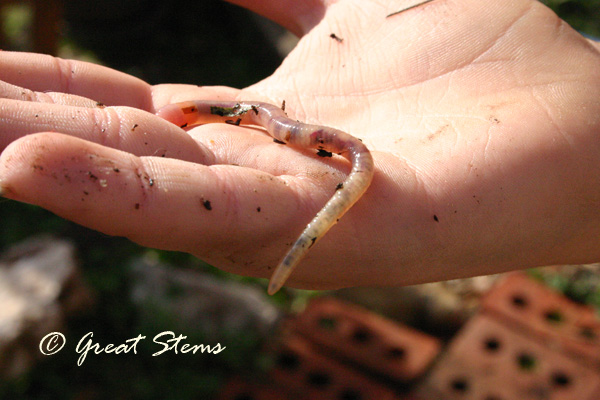 And when you start to see earthworms, rejoice. Do a little worm dance, because you have happy, healthy soil. We are starting to have so many earthworms here that it’s hard to dig a hole for a new plant without worrying we might hurt a worm. We protect them, we love them, and yes, we do our little worm dances.
And when you start to see earthworms, rejoice. Do a little worm dance, because you have happy, healthy soil. We are starting to have so many earthworms here that it’s hard to dig a hole for a new plant without worrying we might hurt a worm. We protect them, we love them, and yes, we do our little worm dances.
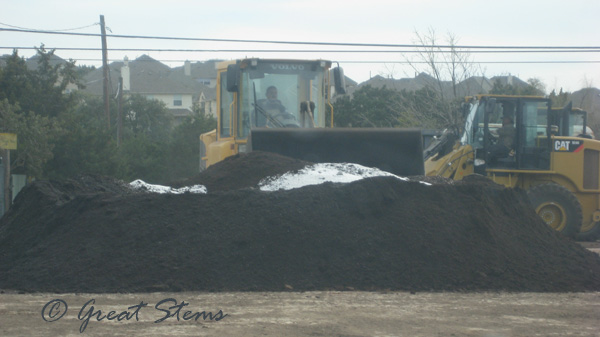
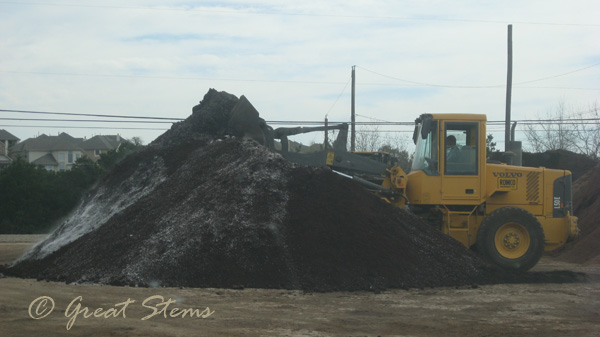
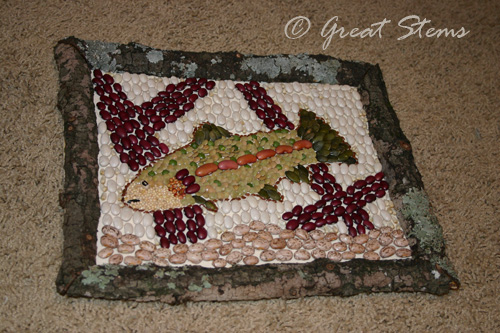
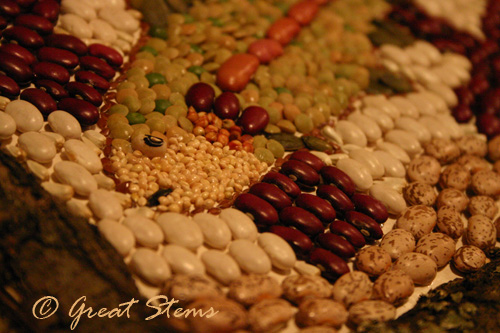
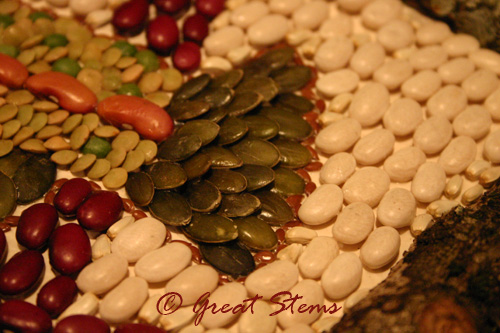
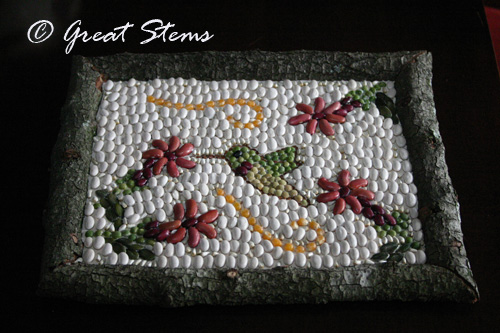
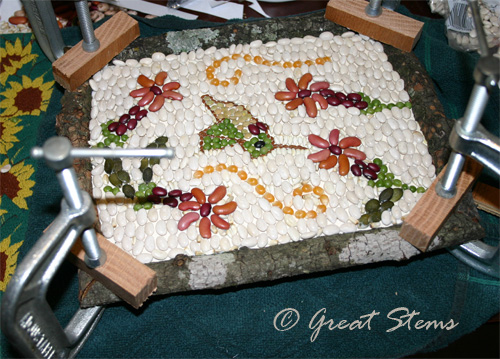
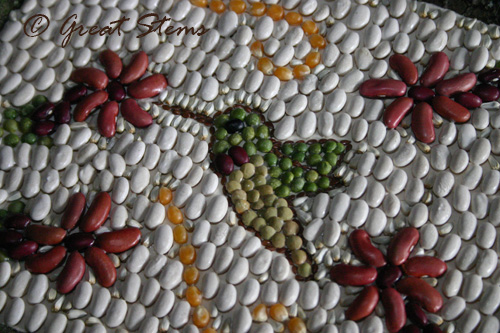 For other family and friends, we tried our hand at making seed ornaments, as often in the past we’ve enjoyed giving purchased seed gifts for others, to hang out for the birdies.
For other family and friends, we tried our hand at making seed ornaments, as often in the past we’ve enjoyed giving purchased seed gifts for others, to hang out for the birdies.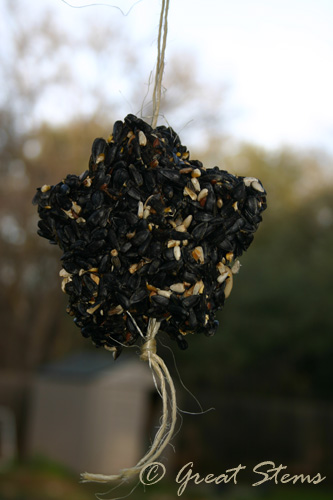
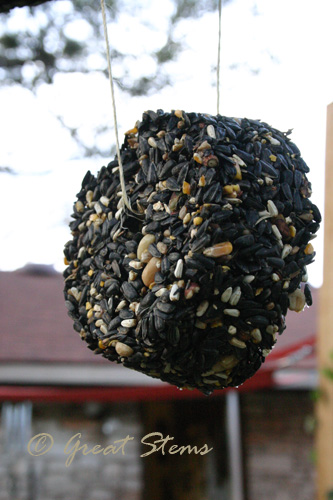
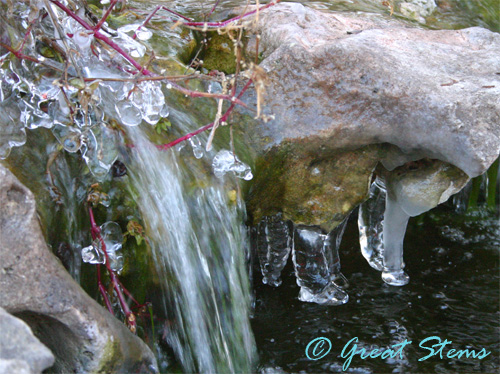 It’s been a relatively dry cold front, but doggy water bowls, birdbaths, and ponds still show us the effects of the temperature drop. I thought our pond would be fine, given that it has a substantial waterfall, but I was surprised to find fat icicles hanging like stalactites under the falls.
It’s been a relatively dry cold front, but doggy water bowls, birdbaths, and ponds still show us the effects of the temperature drop. I thought our pond would be fine, given that it has a substantial waterfall, but I was surprised to find fat icicles hanging like stalactites under the falls.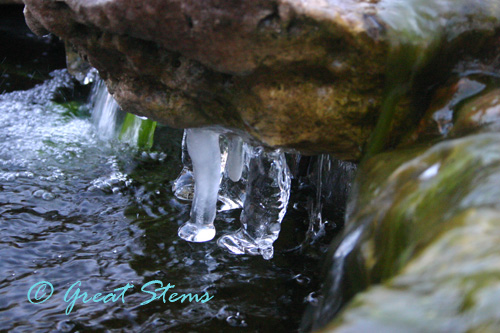 On the side of the pond where the lilies hang out in better temperatures, a thin icy cover delighted the kids, who poked at an edge to crack it and discovered their fingers didn’t care for the freezing water. And in the remaining bits of Ruby Red Runner, full frozen water drops glittered like diamonds in the sun.
On the side of the pond where the lilies hang out in better temperatures, a thin icy cover delighted the kids, who poked at an edge to crack it and discovered their fingers didn’t care for the freezing water. And in the remaining bits of Ruby Red Runner, full frozen water drops glittered like diamonds in the sun.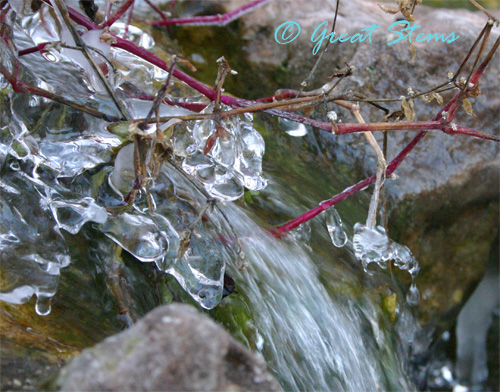 I hope in the deep areas of the pond, we still have 9 little goldfish awaiting warmer times.
I hope in the deep areas of the pond, we still have 9 little goldfish awaiting warmer times.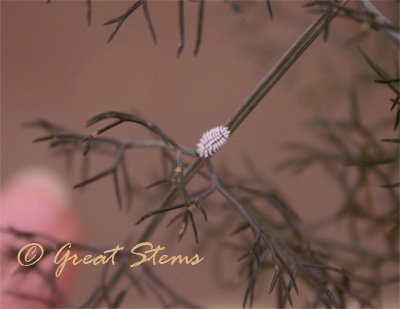
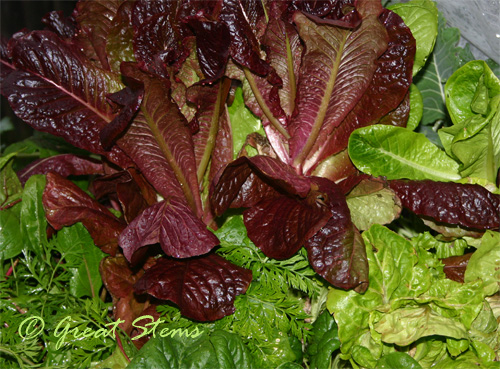 The strawberry plants are all alive, yay. And the carrots, lettuce, spinach, and kohlrabi are massive! They’ve been loving their little bed, though I wish I’d managed to give them some organic fertilizer over the holidays, just because I’m learning that they like that. The lettuce heads are so big that I wonder whether the leaves will taste bitter — does lettuce do that? The spinach already is a little bitter, the leaves not being so “baby spinach” size as the seed package promised. It’s our fault for not harvesting them all when small, I suppose.
The strawberry plants are all alive, yay. And the carrots, lettuce, spinach, and kohlrabi are massive! They’ve been loving their little bed, though I wish I’d managed to give them some organic fertilizer over the holidays, just because I’m learning that they like that. The lettuce heads are so big that I wonder whether the leaves will taste bitter — does lettuce do that? The spinach already is a little bitter, the leaves not being so “baby spinach” size as the seed package promised. It’s our fault for not harvesting them all when small, I suppose.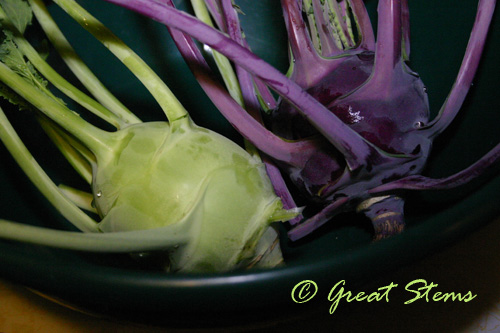
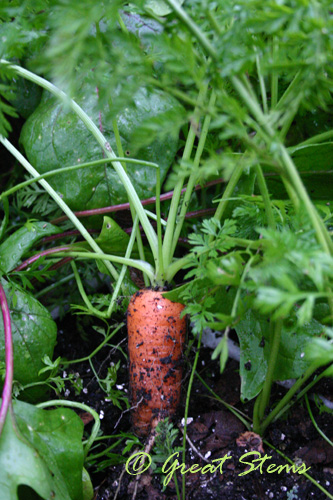 The “longer” variety has proven to be weird. Look at how short and fat this one is.
The “longer” variety has proven to be weird. Look at how short and fat this one is. 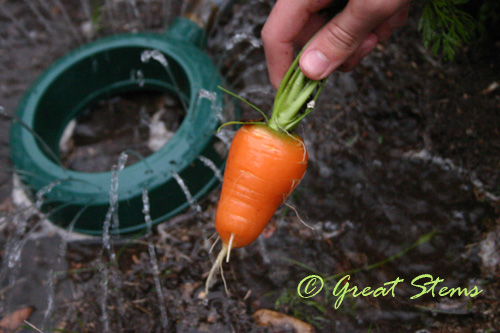 Unfortunately, it tasted rather bitter for a carrot. It sure has pretty color, though, doesn’t it? I wonder if it was a nutrient thing (remember, I didn’t fertilize over the holidays). The carrots certainly have plenty of depth to grow in, so that’s not the issue.
Unfortunately, it tasted rather bitter for a carrot. It sure has pretty color, though, doesn’t it? I wonder if it was a nutrient thing (remember, I didn’t fertilize over the holidays). The carrots certainly have plenty of depth to grow in, so that’s not the issue.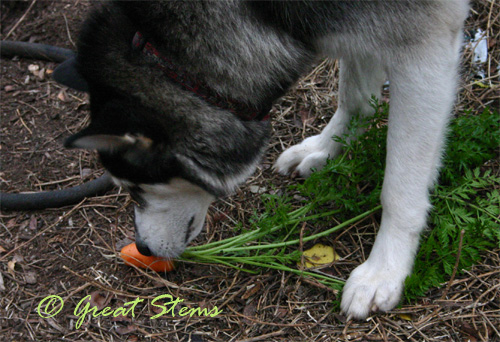
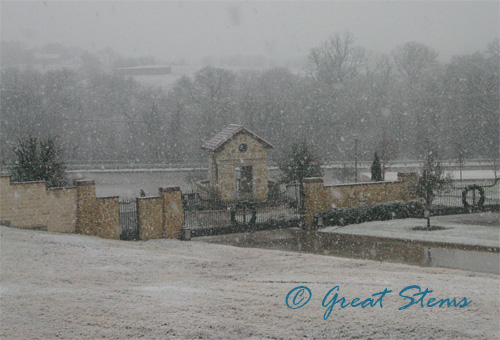
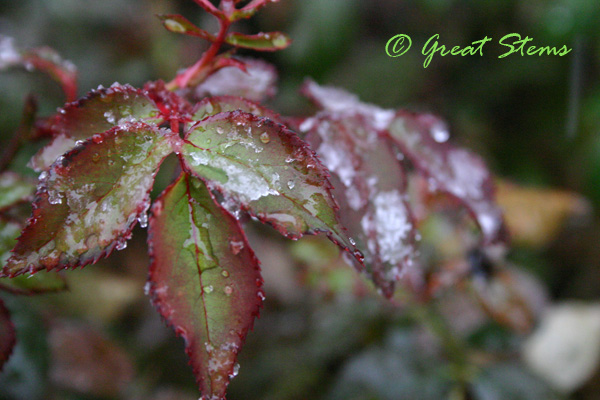
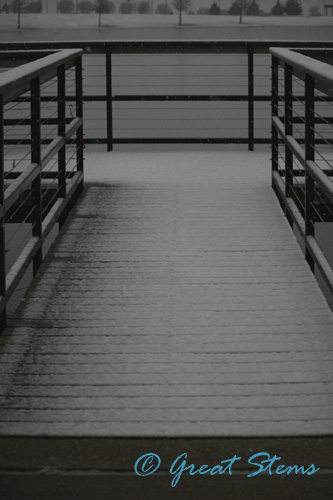 At a nearby pond, ducks swam in the cold, cold water. This duck rested on shore with snow gently landing on its back, until it decided I was too close for comfort and swam off to join its friends.
At a nearby pond, ducks swam in the cold, cold water. This duck rested on shore with snow gently landing on its back, until it decided I was too close for comfort and swam off to join its friends.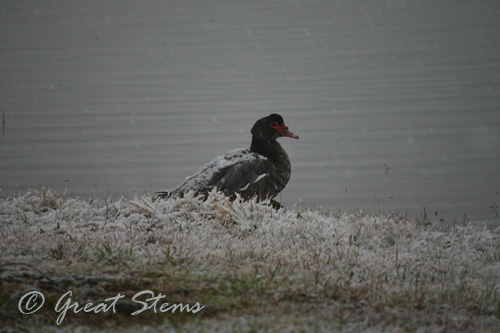
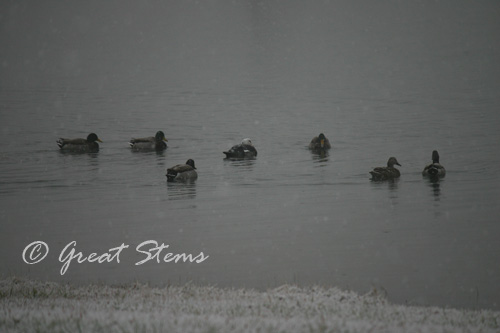
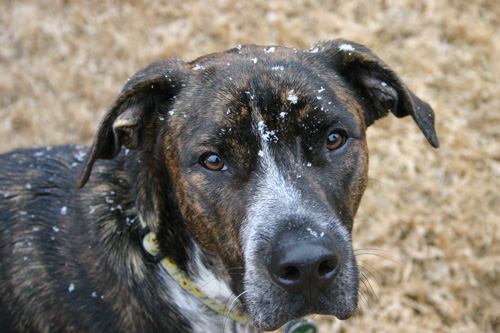
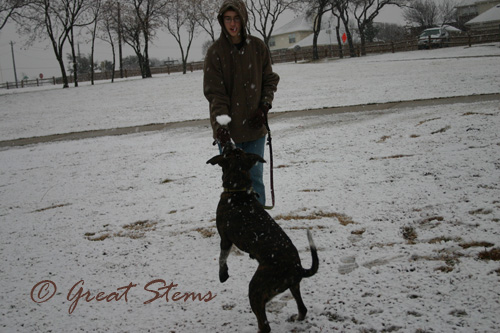
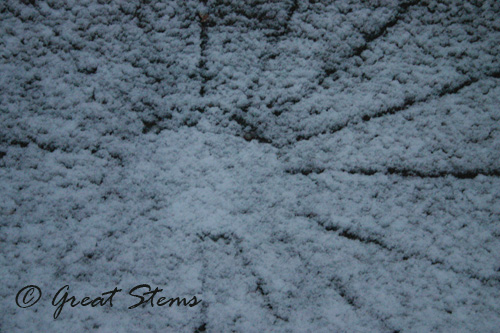
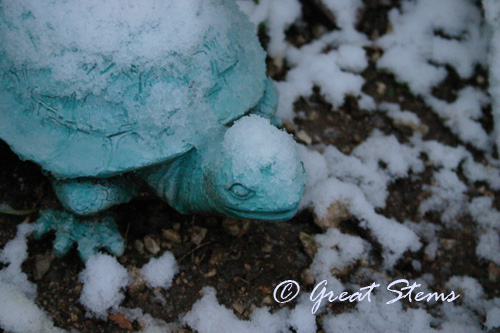
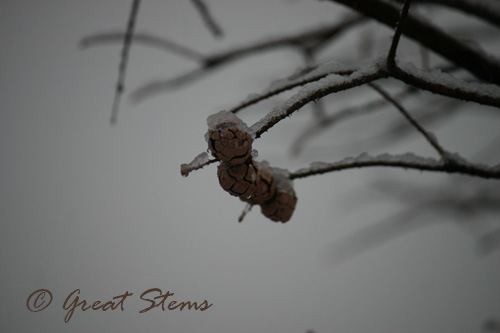
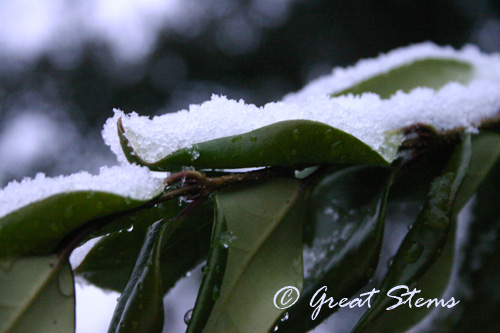
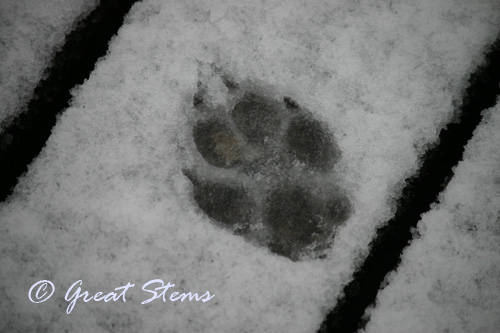
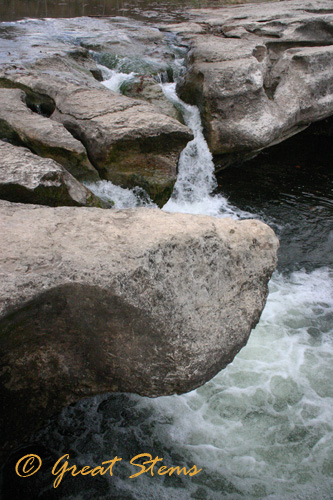
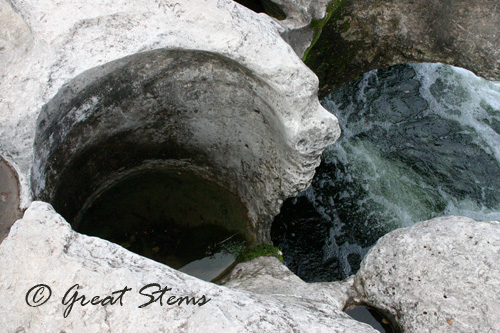
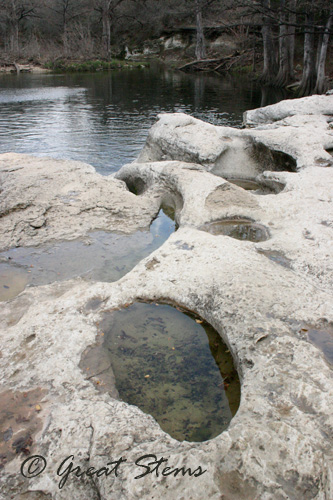
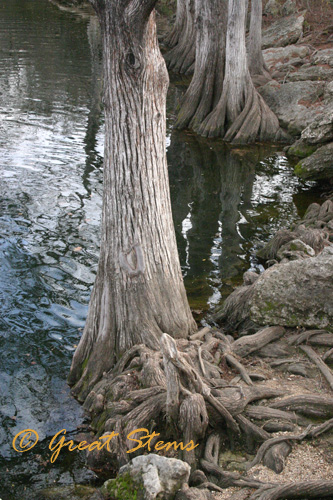
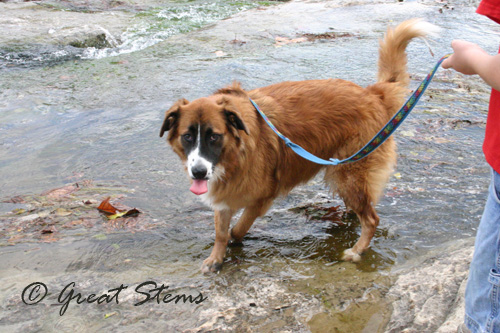
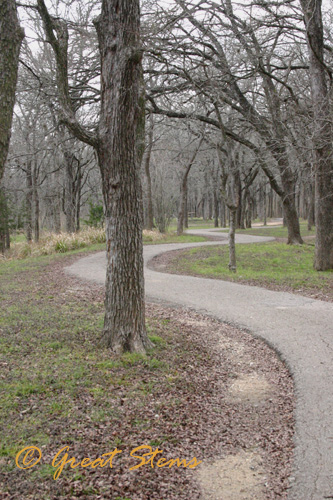
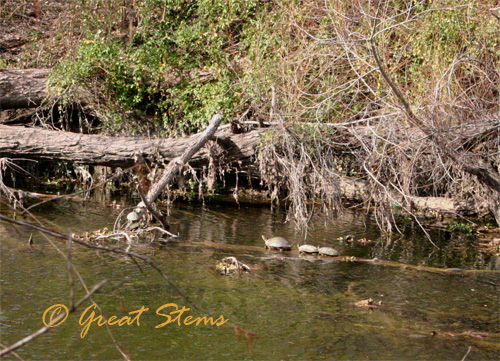
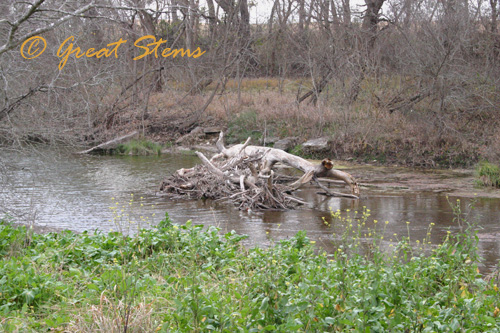
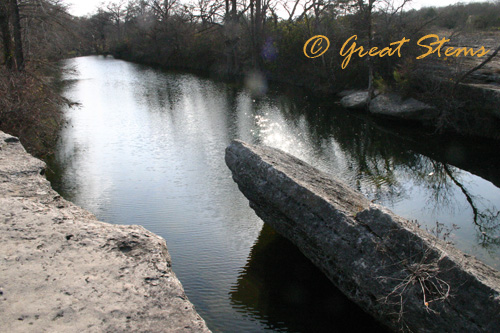
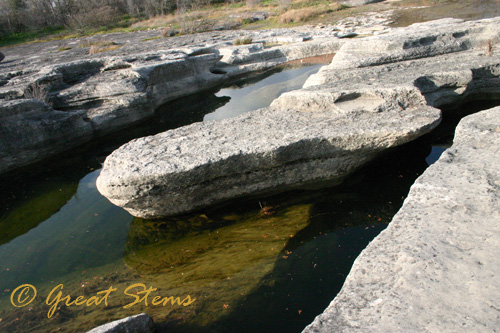
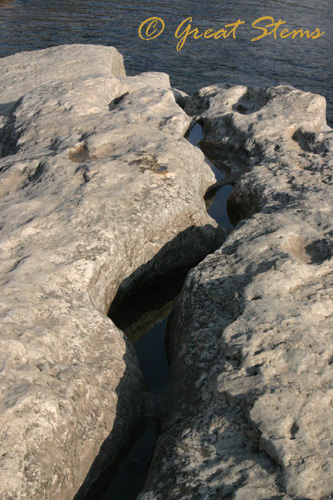
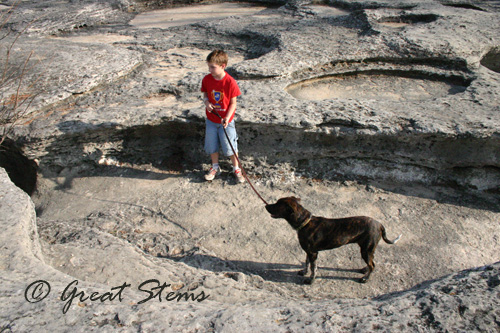 The Lower Falls look different from what I remember from years ago — presumably this is a combination of water erosion at work and current flow of the creek. To cross to the other side, where the old homestead is, one has to jump across a channel just large enough to be risky for an adult and way too dangerous for children to safely cross.
The Lower Falls look different from what I remember from years ago — presumably this is a combination of water erosion at work and current flow of the creek. To cross to the other side, where the old homestead is, one has to jump across a channel just large enough to be risky for an adult and way too dangerous for children to safely cross.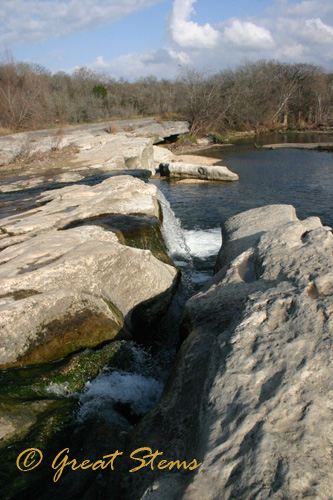
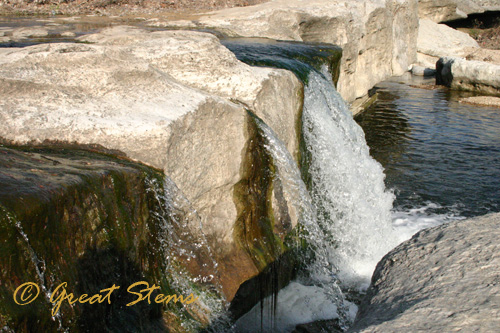
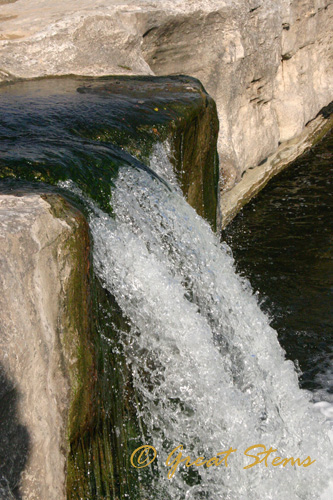
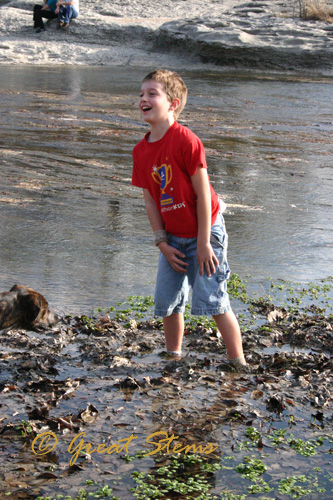
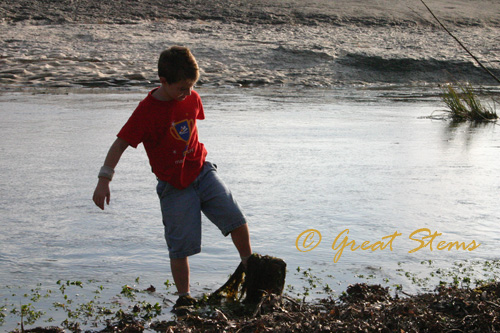
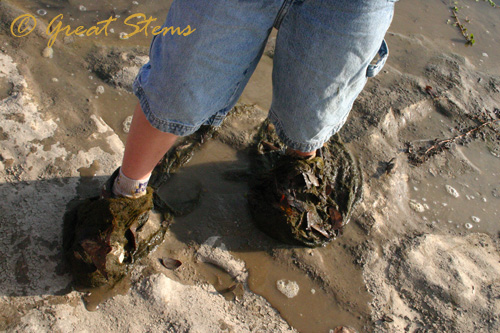 On the other side of the park, we could really envision the McKinney ranch of old.
On the other side of the park, we could really envision the McKinney ranch of old. 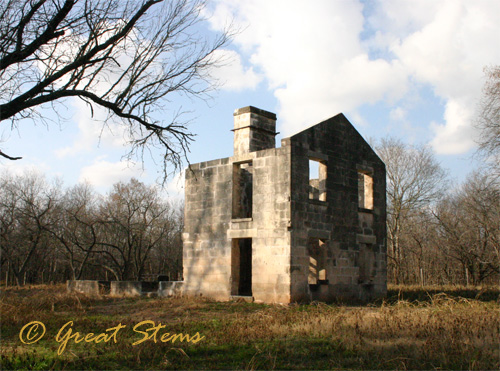 It’s easy to picture horses pulling a wagon under the trees along this wide road.
It’s easy to picture horses pulling a wagon under the trees along this wide road.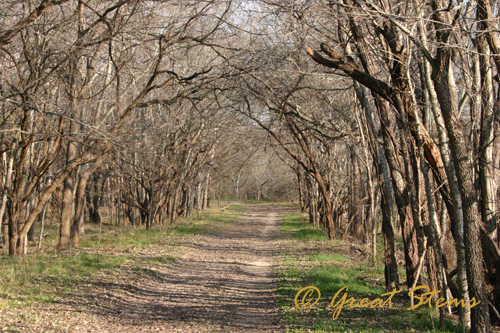
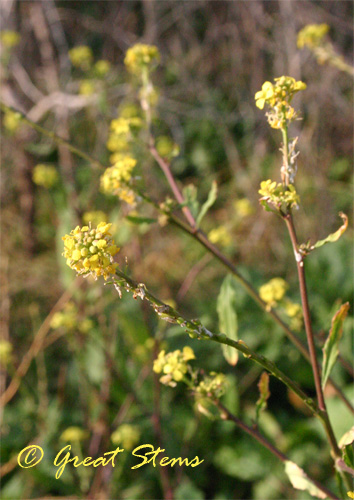
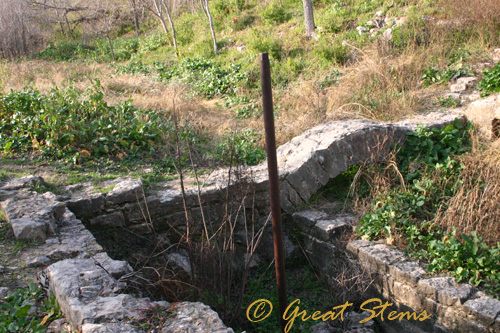
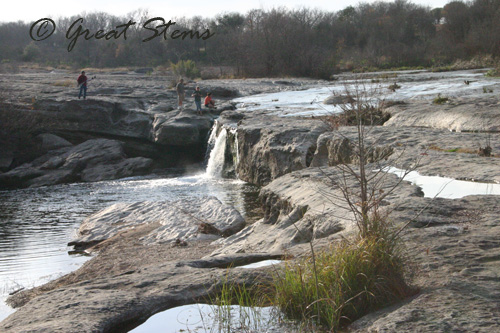
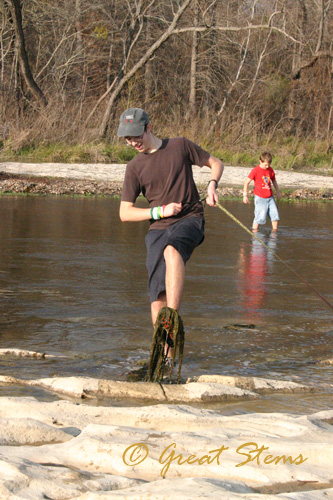
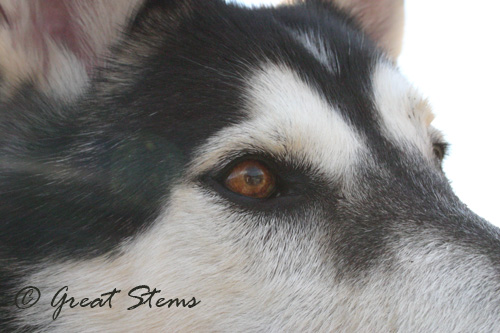
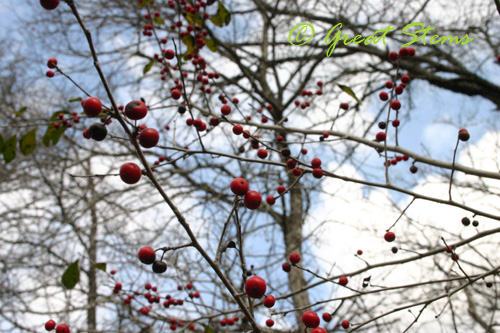
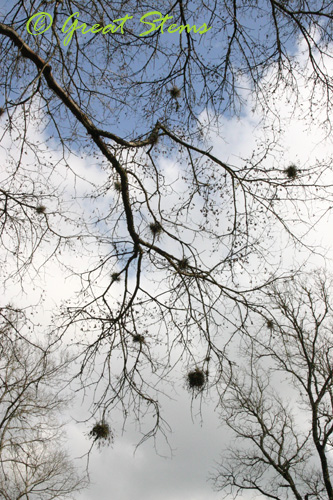
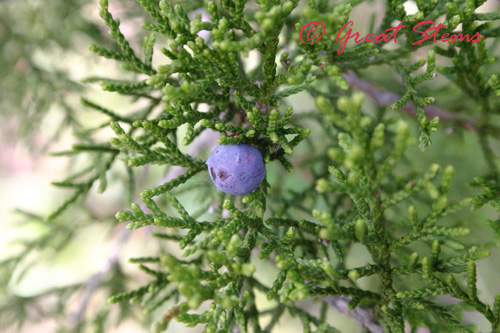
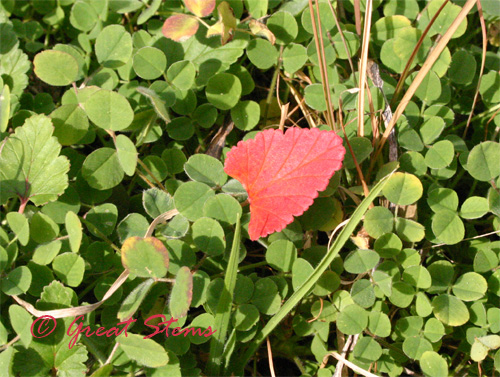
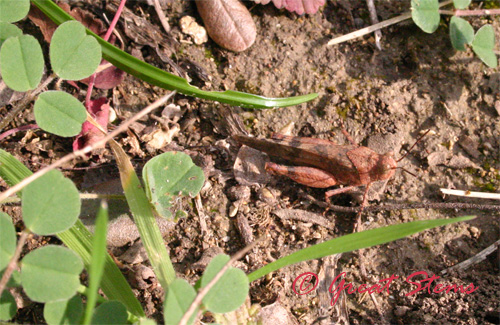
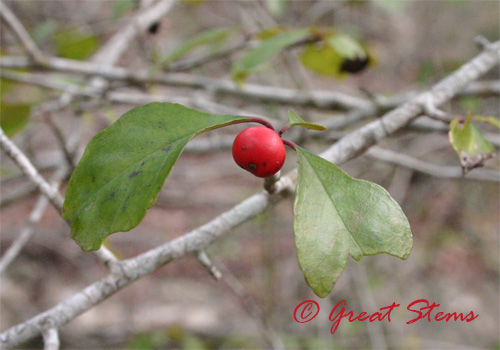
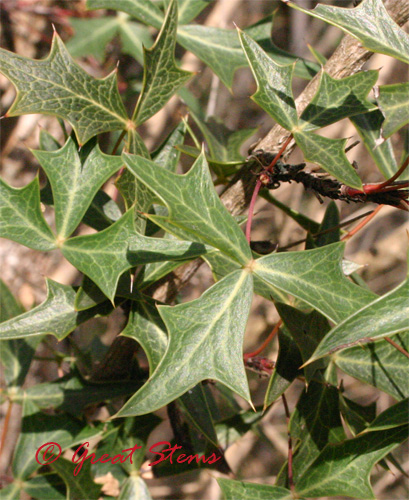
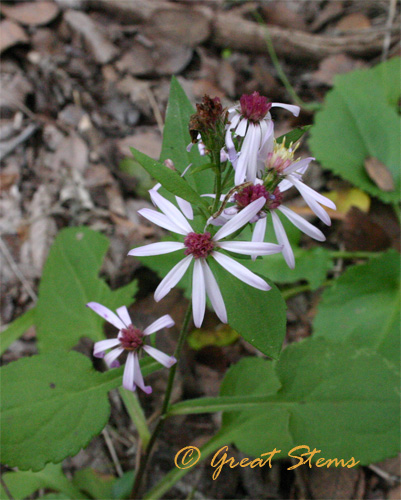
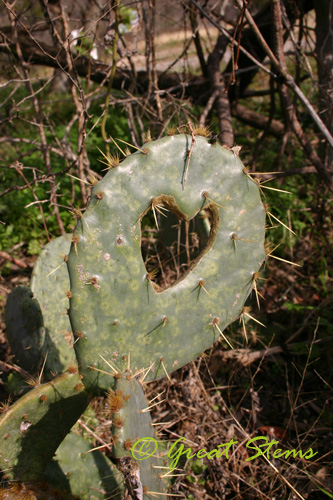
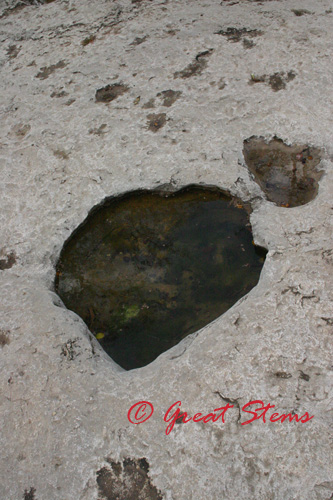
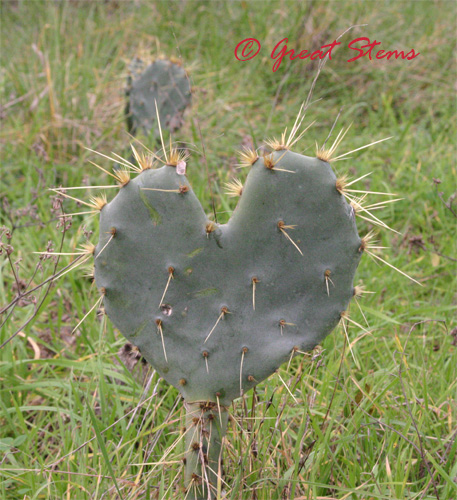
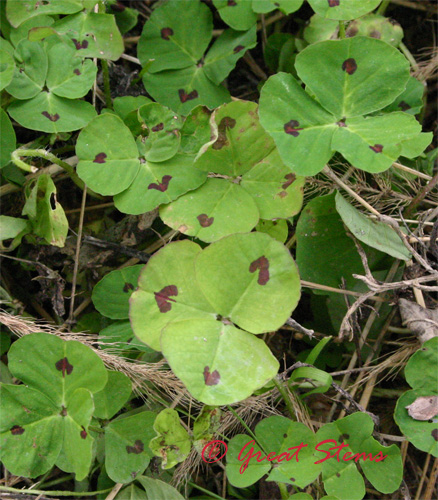
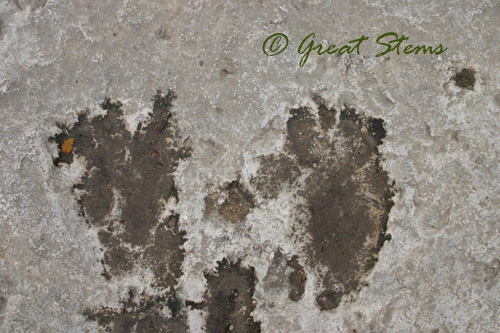
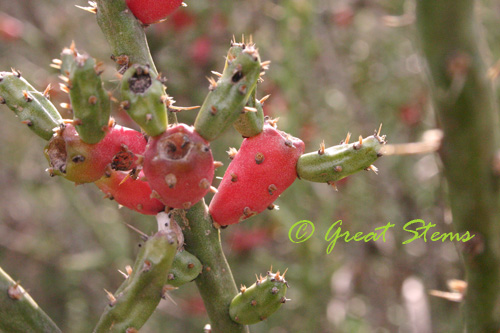
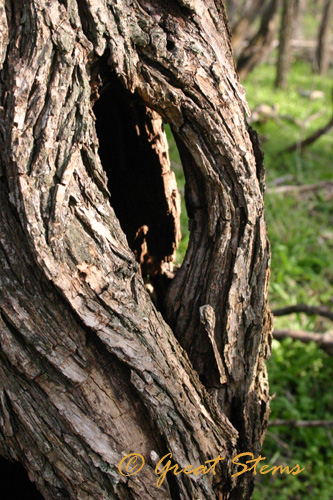
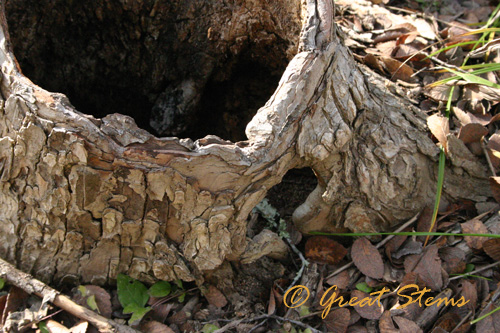
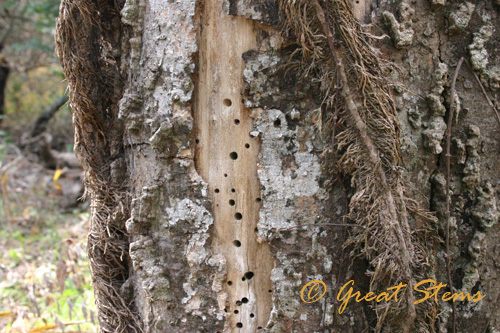
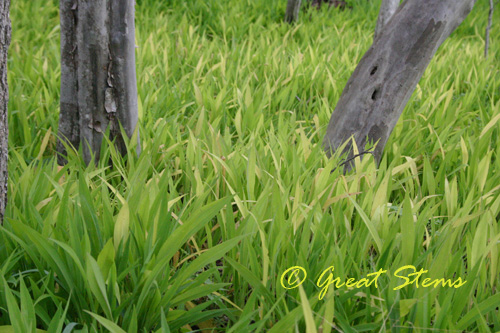
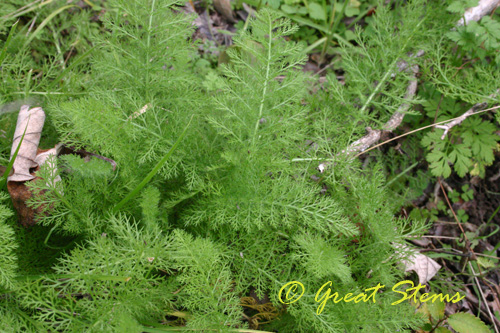
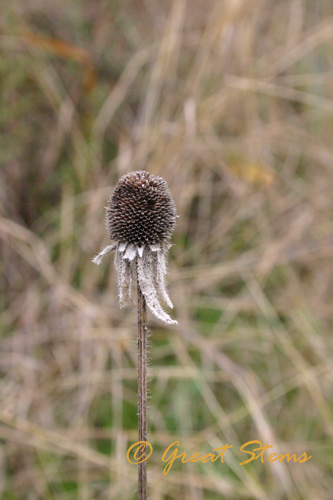
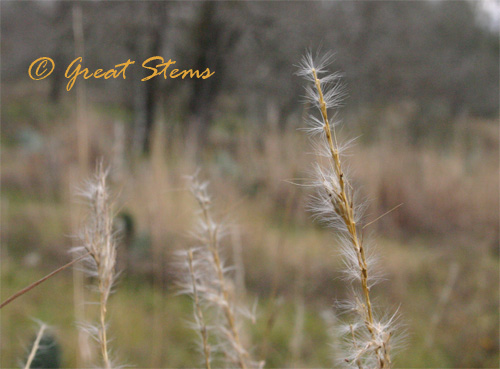
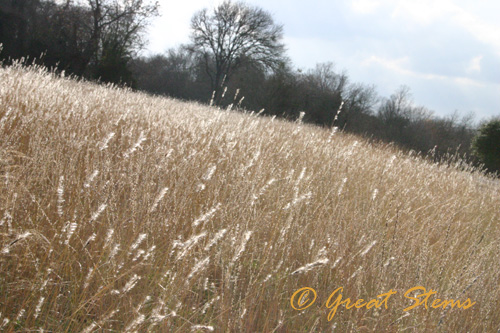
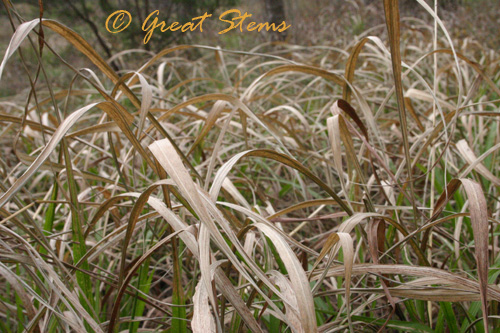
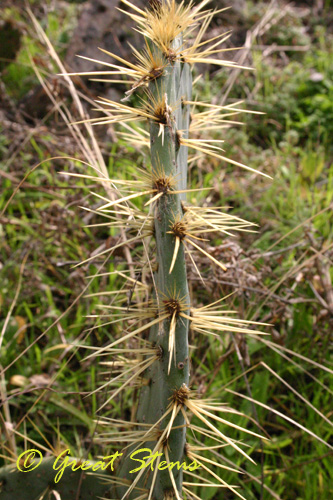 The cactus kept our attention, through color, shape, and spines. Sometimes it was pests, like cochineals…
The cactus kept our attention, through color, shape, and spines. Sometimes it was pests, like cochineals…